Welcome!
We study how cells sense and respond to physical and bioelectrical cues — signals as important as chemical messages but far less understood. Our goal is to uncover the molecular mechanisms that enable cells to detect these physiochemical signals and use this knowledge to engineer cell behavior for therapeutic benefit. We pursue this work in the highly interdisciplinary environment of the BioFrontiers Institute and as part of the Department of Biochemistry at CU Boulder.
Our current focus is on bioelectric guidance—how cells navigate in response to natural electric fields, such as those that arise during wound healing. We recently identified Galvanin, a novel electric field sensor in immune cells, revealing a new way that rapidly moving cells integrate electrical cues into migration and signaling.
We are combining live-cell imaging, synthetic biology, biophysics, and functional genomics to:
- Identify and characterize the molecular players in bioelectric sensing and migration.
- Develop tools to precisely control cell movement in complex environments, with applications in immunotherapy and regenerative medicine.
- Probe the physical organization and electrochemical properties of the cell membrane to understand how it shapes protein function and cell behavior.
By combining mechanistic discovery with tool development, we aim to build a deeper understanding of the physical biology of cells — and use that insight to design new strategies for human health.
Research Focus
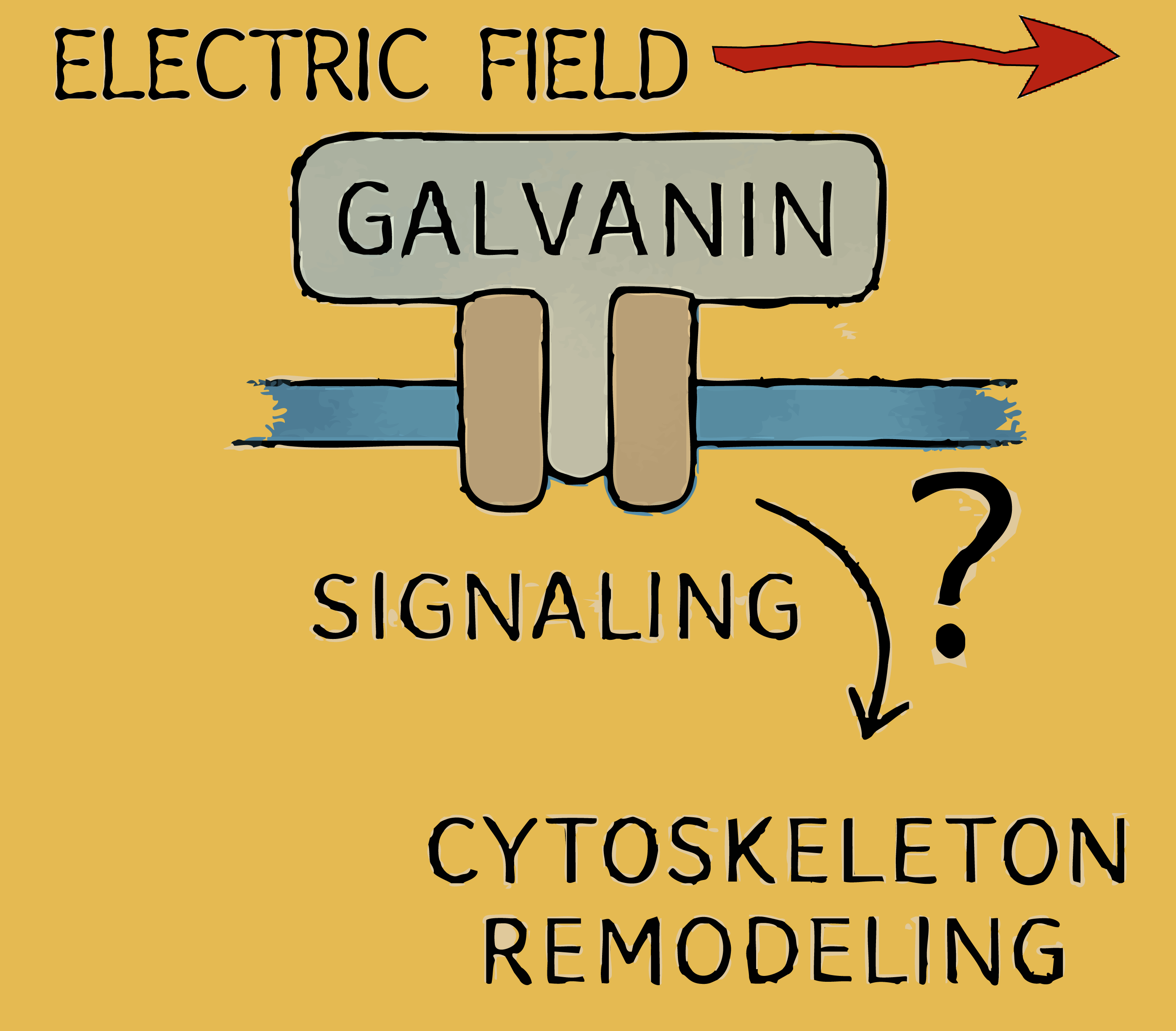
Theme 1 — Molecular Mechanisms of Electrotaxis by Galvanin
We aim to uncover how the recently identified electric field sensor, Galvanin, detects and transduces bioelectric cues into directed cell migration. Using live-cell imaging and synthetic biosensors, we will dissect the molecular pathways linking Galvanin’s localization and dynamics to cytoskeletal remodeling, steering cell movement at the single-cell level.
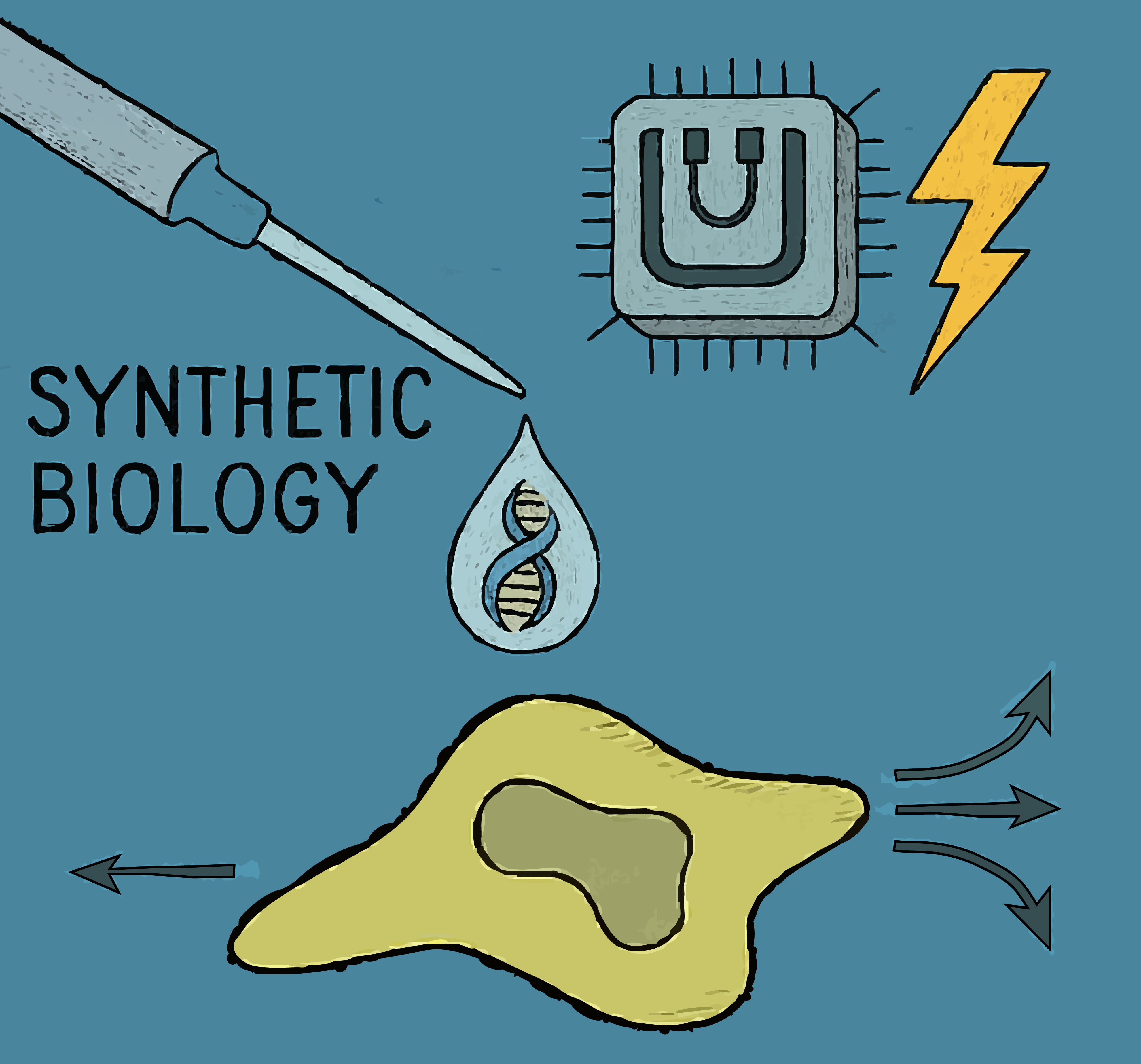
Theme 2 — Engineering Cellular Guidance
We are developing genetic and synthetic biology tools to precisely control cell migration in complex environments. By engineering Galvanin-based constructs and other bioelectric sensing modules, we aim to direct immune cell movement for applications in immunotherapy, wound healing, and regenerative medicine.
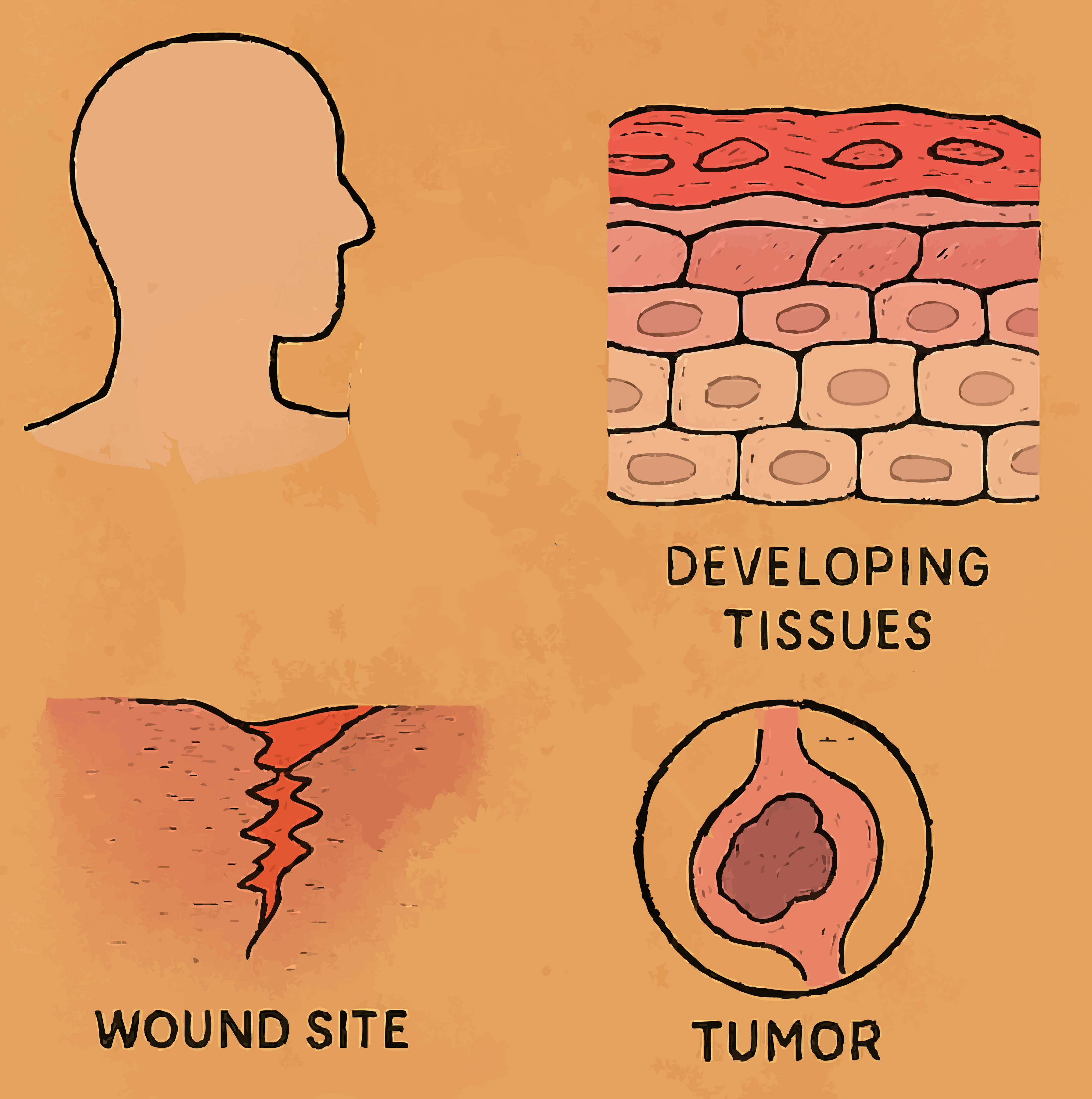
Theme 3 — Physiological Roles of Electrochemical Cues Across Biology
Electrical signals are present in diverse physiological contexts, from wound sites to developing tissues to tumor microenvironments. We will probe how different cell types and tissues interpret these cues, identify context-specific sensing mechanisms, and define the broader role of bioelectricity in health and disease.
Team
We’re just getting started — and we’re looking for curious, creative, and driven scientists to join us. If you’re excited to explore how cells sense and respond to bioelectric cues, and want to help build a collaborative, supportive lab from the ground up, get in touch!
Lab Philosophy
We believe science thrives when people feel supported, respected, and free to share ideas. Our lab is committed to creating an inclusive, collaborative environment where multiple perspectives help drive innovation. We value curiosity, creativity, and teamwork — and we welcome people from all backgrounds, identities, and experiences.
Select Publications
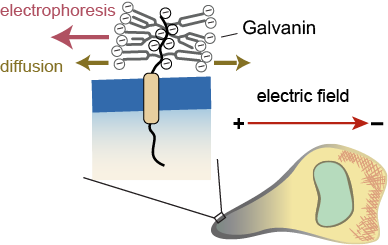
N.M. Belliveau, M.J. Footer, A. Platenkamp, H. Kim, T.E. Eustis, J.A. Theriot
BioRxiv, 2025
https://doi.org/10.1101/2024.09.23.614580
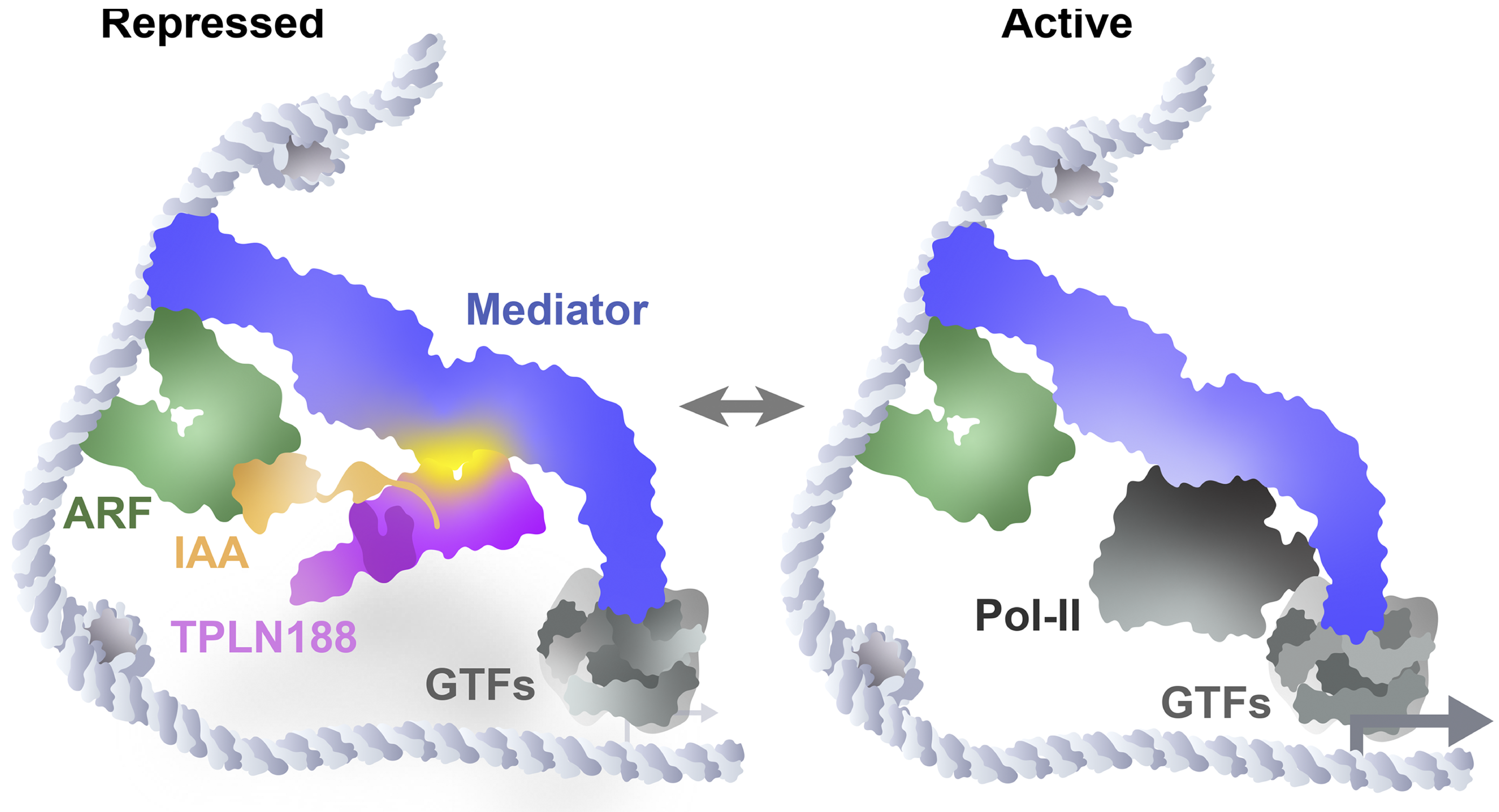
A.R. Leydon, B. Downing, J.S. Sanchez, R. Loll-Krippleber, N.M. Belliveau, R.A. Rodriguez-Mias, A.J. Bauer, I.J. Watson, L. Bae, J. Villén, G.W. Brown, J.L. Nemhauser
Journal of Cell Biology, 2025
https://doi.org/10.1083/jcb.202404103
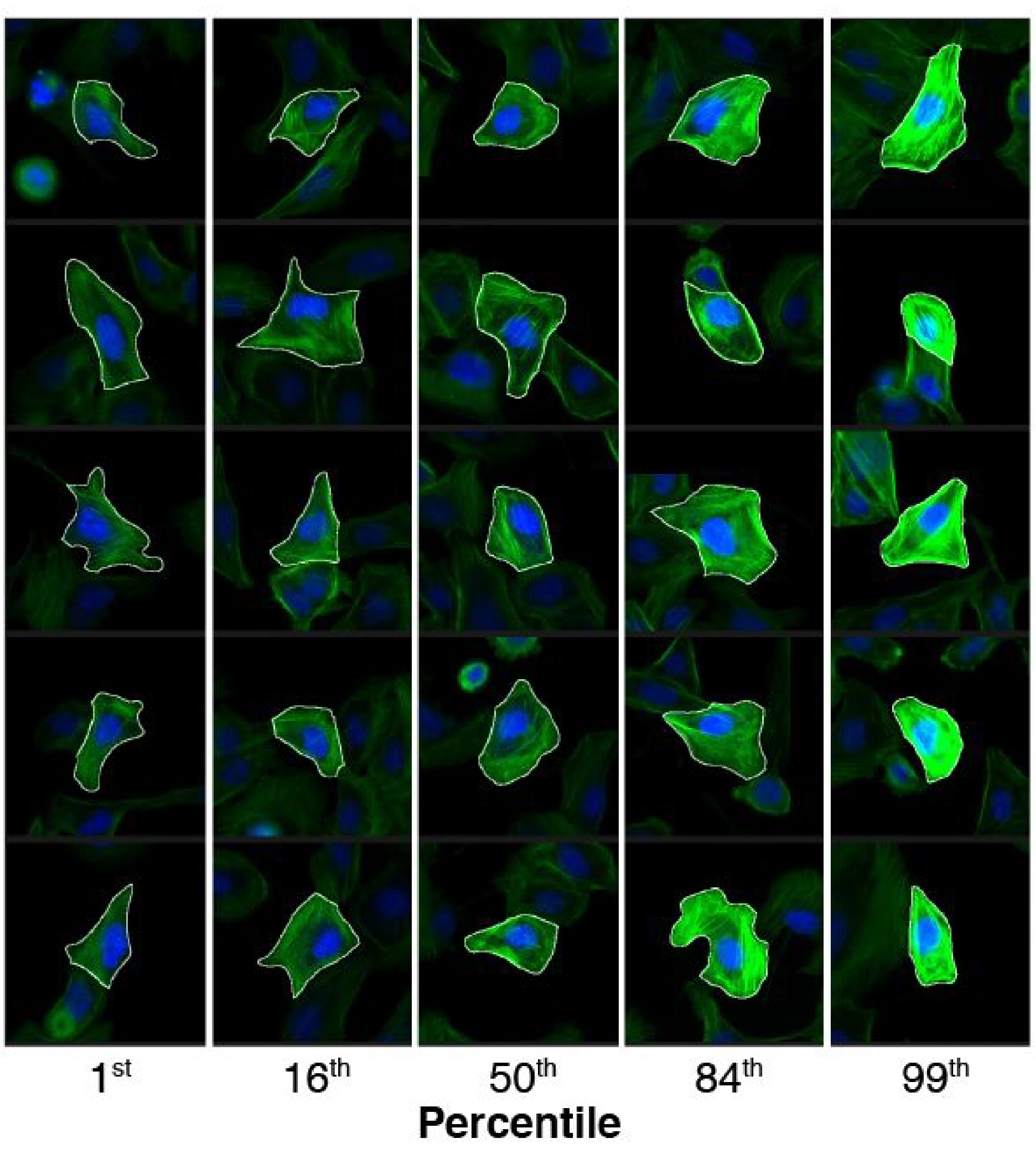
R.L.D. Labitigan, A.L. Sanborn, C.V. Hao, C.K. Chan, N.M. Belliveau, E.M. Brown, M. Mehrotra, J.A. Theriot
eLife, 2024
https://doi.org/10.7554/eLife.94964.1
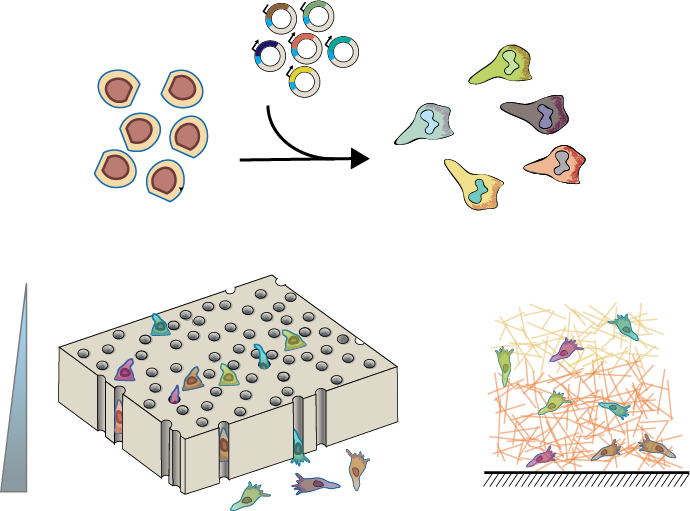
N.M. Belliveau, M.J. Footer, E. Akdoǧan, A.Pv. Loon, S.R. Collins, J.A. Theriot
Nature Communications, 2023
https://doi.org/10.1038/s41467-023-41452-x
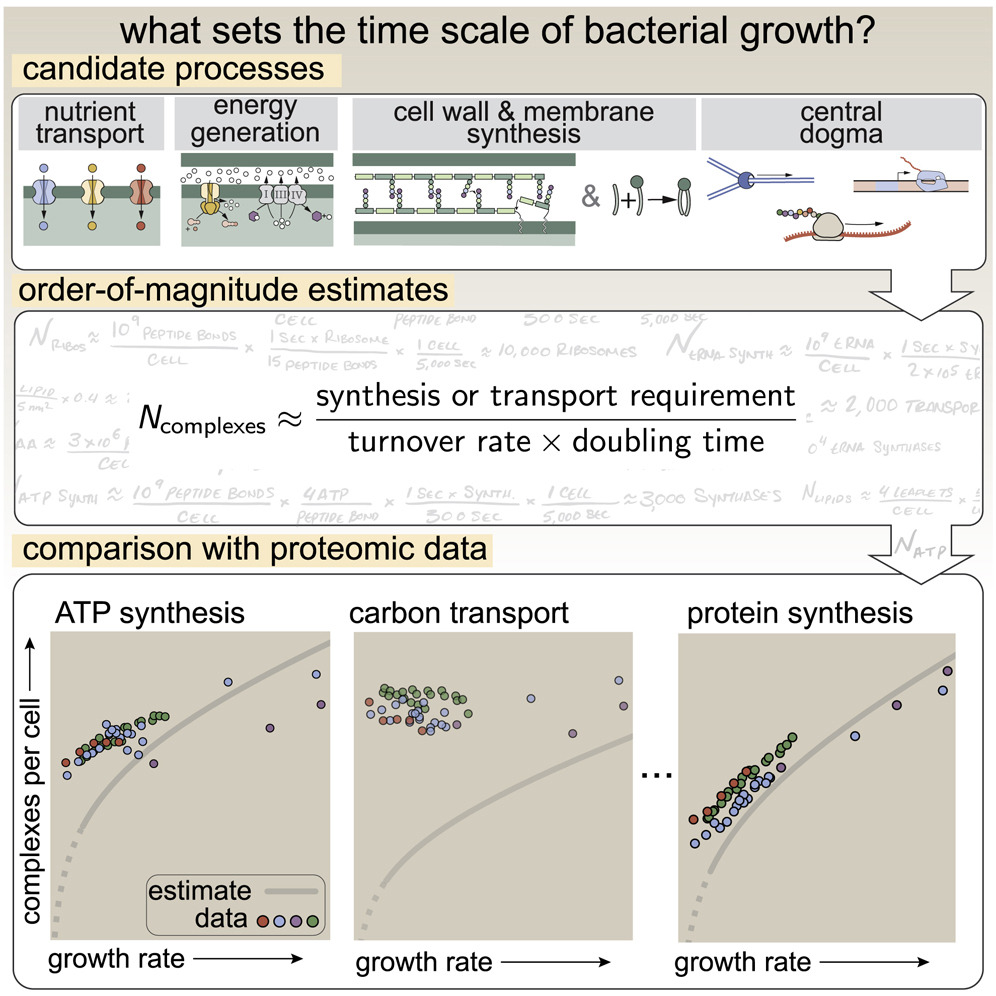
N.M Belliveau*, G. Chure*, C.L. Hueschen, H.G. Garcia, J. Kondev, D.S. Fisher, J.A. Theriot, R. Phillips
Cell Systems, 2021 (* equal contributions)
https://doi.org/10.1016/j.cels.2021.06.002
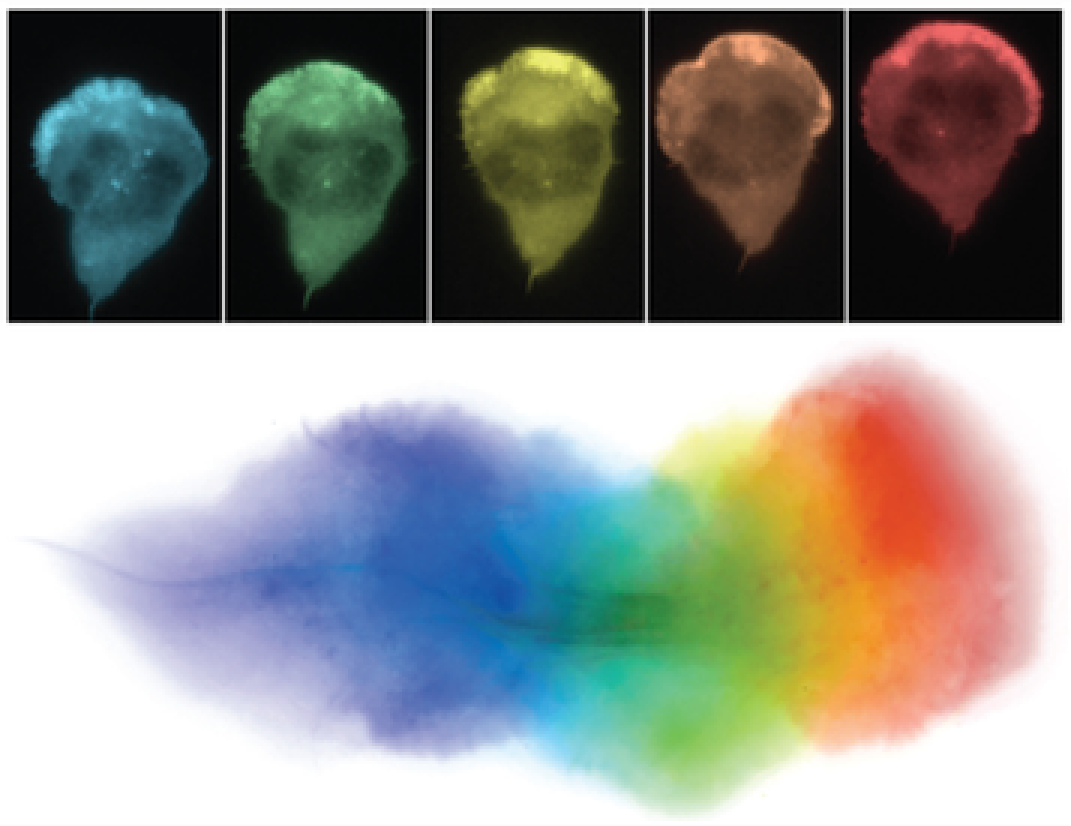
R.M. Garner, G. Skariah, A. Hadjitheodorou, N.M. Belliveau, A. Savinov, M.J. Footer, J.A. Theriot
Cytoskeleton, 2020
https://doi.org/10.1002/cm.21603
Full publication and patent list on Google Scholar
Contact Us
nathan.belliveau @ colorado.edu
Location
University of Colorado Boulder
Department of Biochemistry and BioFrontiers Institute
Jennie Smoly Caruthers Biotechnology Building (JSCBB)
Office: JSCBB A320, Lab: JSCBB A354, A368
